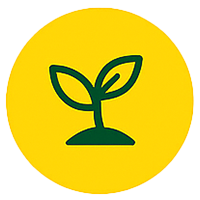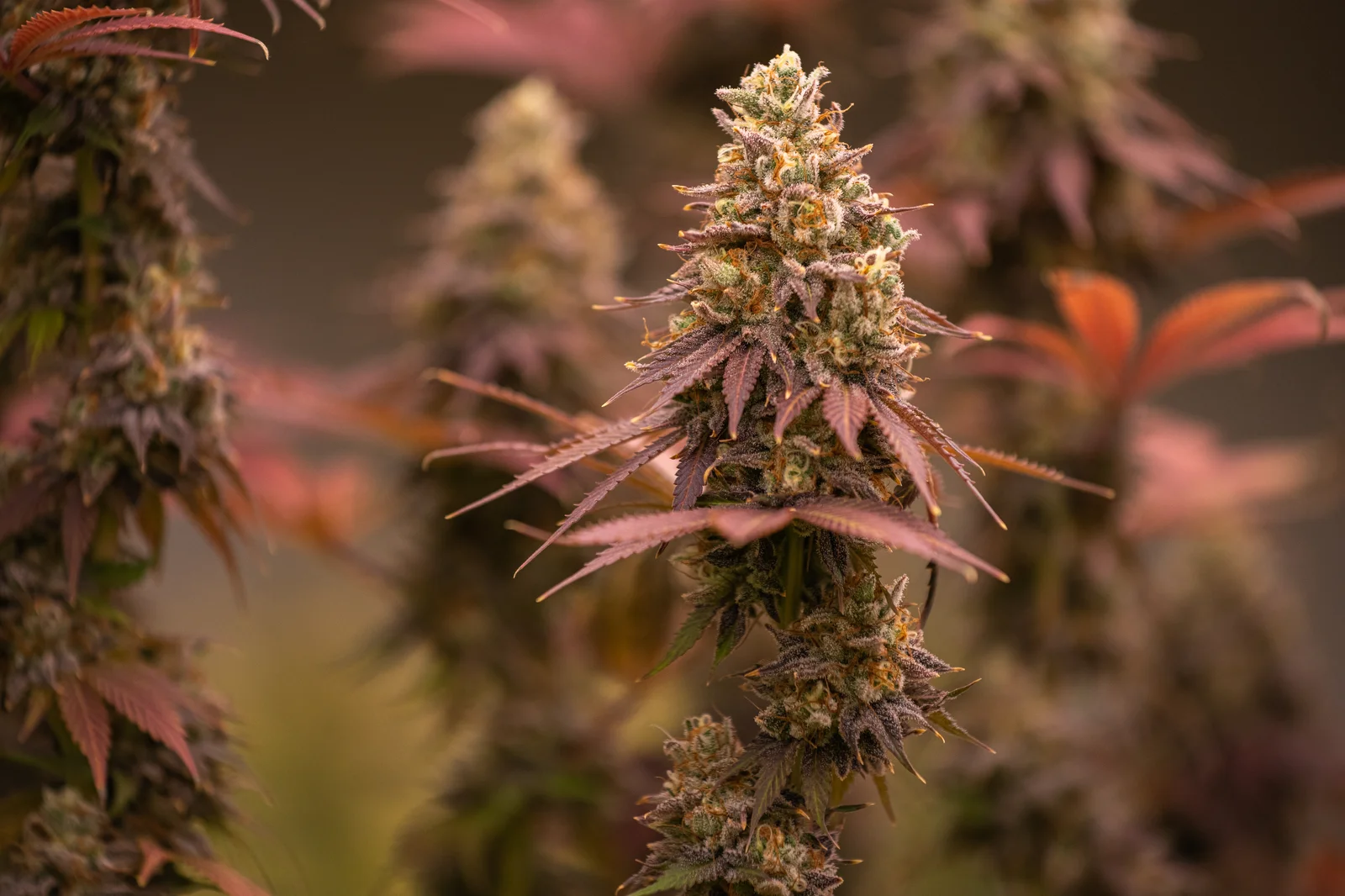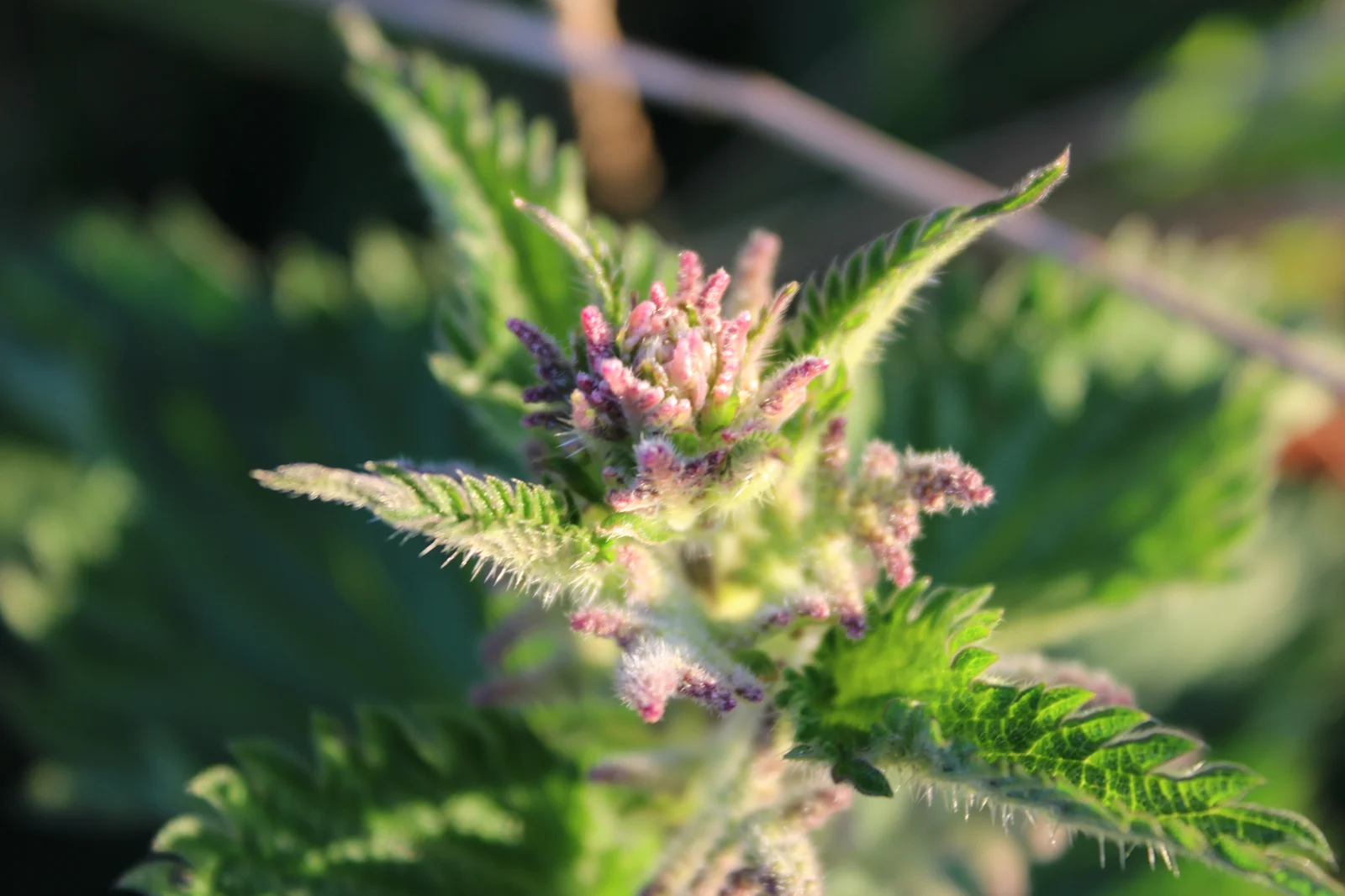TL;DR: How Long Does Cannabis Take To Grow
Cannabis cultivation from seed to harvest typically takes three to five months, influenced by factors such as strain, growing conditions, and grower expertise. The plant’s life cycle includes germination (1 week), seedling (2-3 weeks), vegetative (3-16 weeks), and flowering (8-11 weeks) stages. Indoor growers can control the environment to potentially shorten this cycle to about three months. Key strategies for successful growth include adjusting light cycles from 18/6 to 12/12 to induce flowering, managing nutrients with a shift from nitrogen to phosphorus and potassium as plants transition to bloom, and maintaining optimal temperature and humidity levels.
Proper pruning, training, and pest management also play crucial roles in ensuring healthy plant development and maximizing yields. Understanding these dynamics enables cultivators to achieve successful cannabis growth, whether for personal or commercial purposes.
 Create the Perfect
Create the PerfectGrow Room →
Cannabis cultivation is a blend of art and science, requiring keen attention to detail, a nurturing environment, and proper understanding of plant biology. One of the most common questions asked by new growers is, “how long does cannabis take to grow?” Generally, the journey from seed to harvest for cannabis can take anywhere from three to five months, depending on various factors such as strain, growing conditions, and the skill of the cultivator. This article provides an informative guide on transitioning cannabis plants from the vegetative to the blooming stage, emphasizing key strategies for indoor growth to ensure robust health and optimal yields.
Understanding the Growth Stages
The Cannabis Growth Cycle
The cannabis plants’ life cycle is divided into several stages: germination, seedling, vegetative, and flowering. Each stage has distinct characteristics and requirements that influence how long it takes to grow cannabis.
- Germination (1 week): This is the initial stage where seeds sprout and a small taproot appears.
- Seedling (2-3 weeks): Cannabis plants begin to grow leaves and develop a stronger root system.
- Vegetative Stage (3-16 weeks): The plant focuses on growing leaves and stems, and this stage can be extended by the grower for larger plants.
- Flowering Stage (8-11 weeks): The plant develops buds, essential for harvesting the active compounds.

How Long Does It Take to Grow Cannabis?
The entire cycle from germination to harvest can take approximately 8 to 20 weeks, with indoor growing offering more control to potentially shorten this timeframe to as little as 3 months. Cultivators should be aware that each stage demands unique attention and care.
Transitioning from Vegetative to Bloom
Strategies for Success
Successful cannabis cultivation, especially when growing marijuana indoors, requires diligent care in transitioning from vegetative to flowering stages. Proper transition strategies not only influence the health and size of the yield but also impact the final quality of the cannabis flower.
- Lighting Adjustments: One major shift is changing the light cycle from 18/6 hours of light to 12/12, mimicking natural autumn conditions that trigger flowering. LED and HPS lights are commonly used for their efficiency and effectiveness in indoor setups.
- Nutrient Management: During the transition, ensure your plants receive the right nutrients. During vegetative growth, nitrogen-rich fertilizers are key. However, as plants transition to bloom, phosphorus and potassium become increasingly important.
- Environmental Control: Maintain optimal temperature (70-85°F) and humidity levels (40-60%) that suit both stages, adjusting slightly as plants enter flowering to prevent mold and other issues.
Frequently Asked Questions
How can I tell when to transition my cannabis plants to bloom?
Look for signs of maturity, such as alternated leaf patterns and pre-flowering buds. Transition when plants have matured enough but aren’t overgrown for their grow space.
What yields can I expect from indoor cannabis cultivation?
Yields depend on the strain, growing conditions, and experience level. On average, expect around 1 to 2 ounces per plant under ideal conditions.
How can I ensure healthier plants during the transition?
Maintain consistency in water, nutrients, and light exposure. Regularly inspect plants for pests or disease, and adjust feeding schedules as necessary.
FAQ: How Long Does Cannabis Take to Grow?
Growing cannabis successfully requires understanding the plant’s life cycle and the factors influencing its growth. Let’s dive into the details.
How long does it take for cannabis plants to transition from veg to bloom?
The transition from the vegetative (veg) stage to the flowering (bloom) stage in cannabis plants depends on several factors, including the strain, growing conditions, and desired plant size. Generally, the vegetative stage lasts anywhere from 4 to 8 weeks. However, the actual transition can be initiated by altering the light cycle:
- Indoors: Most growers switch their lights from an 18/6 light schedule (18 hours of light, 6 hours of darkness) to a 12/12 schedule to induce flowering. Transition can begin within a week after the light cycle change.
- Outdoors: The transition occurs naturally as days shorten towards the end of summer and into autumn.
What are some strategies to ensure healthier growth of cannabis plants from veg to bloom?
Ensuring healthy growth from the veg to the bloom stage involves several strategies:
- Nutrient Management: Gradually transition your nutrient mix to include flowering nutrients as the plant approaches the flowering stage, emphasizing phosphorus and potassium.
- Pruning and Training: Techniques like topping, low-stress training (LST), or screen of green (ScrOG) can help manage plant shape and maximize light exposure.
- Environmental Control: Maintain optimal temperature (70-85°F during the day, slightly cooler at night) and humidity levels (40-60% in veg, 40-50% in bloom).
- Pest and Disease Management: Regularly inspect plants for signs of pests or disease and address any issues promptly.

When should I transition my cannabis plant from veg to bloom stage for optimal growth?
Transitioning cannabis from veg to bloom at the right time is crucial for optimal growth and yield:
- Size and Space Consideration: Typically, plants will double in size during flowering, so consider your grow space’s height constraints. Transition when the plants are about half the desired final height.
- Plant Health: Ensure your plants are healthy and robust before initiating the transition. Check for any nutrient deficiencies or pests.
- Desired Yield: If you’re aiming for larger yields, allowing a longer veg stage will result in larger plants and potentially more buds.
What factors can affect the length of time it takes for a cannabis plant to fully grow?
Several factors influence the total growth time of cannabis plants:
- Strain Genetics: Indica strains often have shorter flowering times (7-9 weeks), while sativas may require more extended periods (10-14 weeks).
- Environmental Conditions: Optimal temperature, humidity, and light conditions can speed up growth, while poor conditions can delay it.
- Cultivation Method: Hydroponic systems, for instance, can accelerate growth compared to soil.
- Feeding and Care: Proper nutrient supply and care can support faster growth, while negligence can stunt it.
- Stress Factors: Stress from inadequate care, pest infestations, or environmental fluctuations can delay growth cycles.
Understanding these dynamics can help you plan and achieve successful cannabis cultivation, whether for personal or commercial purposes. If you have more questions or need tailored advice, feel free to ask!
Conclusion
Transitioning from veg to bloom is more than just flipping a switch on the light cycle; it requires a thoughtful adjustment of several variables to foster healthier plants and ensure a high-quality harvest. Throughout the cannabis growth cycle, understanding the requirements of each stage and applying practical transition strategies is essential for cultivators focusing on how to grow a marijuana plant indoors. By managing factors like light, nutrients, and environment, growers can expect to see their cannabis plants thrive, with the entire growth process potentially lasting from a swift three months to a deliberate five.
In summary, while the question of how long does cannabis take to grow depends on several factors, the knowledge and application of proper horticultural techniques are pivotal in achieving successful cultivation.
About GrowerIQ
GrowerIQ is changing the way producers use software - transforming a regulatory requirement into a robust platform to learn, analyze, and improve performance.
To find out more about GrowerIQ and how we can help, fill out the form to the right, start a chat, or contact us.

